Belgium Ready To Train Ukrainian Pilots To Fly F-16s
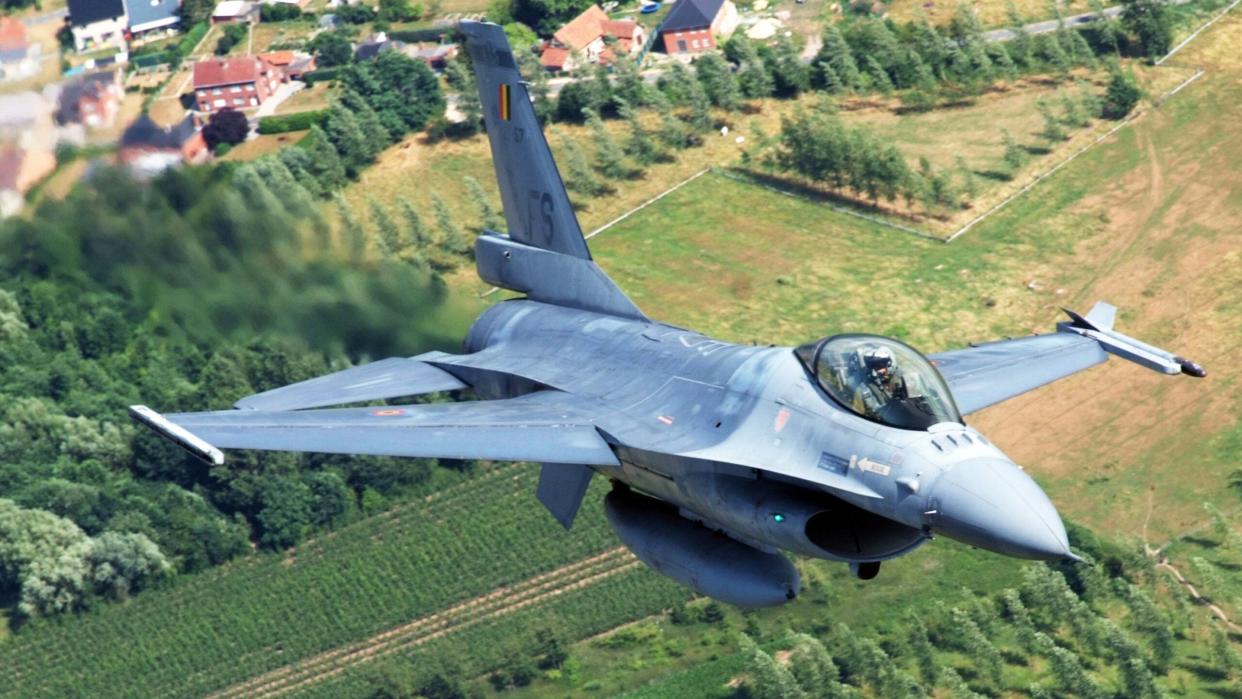
- Oops!Something went wrong.Please try again later.
Belgium has become the latest country to indicate that it could train Ukrainian pilots to fly the F-16 fighters that Kyiv says it so desperately needs to help turn the tide of the Russian invasion, but which have so far yet to materialize. The announcement from Belgium is tempered by the fact that Brussels says it’s unable to transfer any F-16s to Ukraine. However, following the news that the United Kingdom is about to start providing Ukraine with F-16-focused training, it seems momentum is now also building for the emergence of a coalition of nations that can provide the required instruction.
The announcement from the cabinet of Belgian Prime Minister Alexander De Croo was published in the country’s De Morgen newspaper. “During the summit in The Hague earlier this month, the issue of the F-16s was also discussed during the meeting between Ukrainian President Volodymyr Zelensky and the Prime Minister,” the statement explains. “We have said that we cannot supply aircraft, but we can train pilots.”
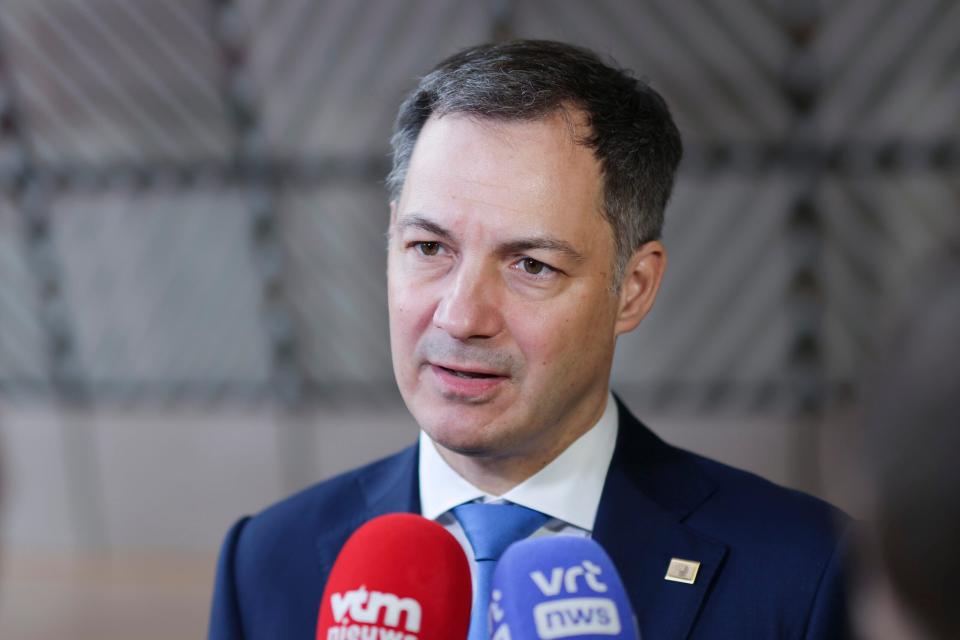
Andriy Yermak, the head of the Ukrainian president’s office, took to Telegram to provide the following statement: “We need fighter jets, and we thank our allies for their decision to work in this direction. In particular, Belgium has also confirmed its readiness to train pilots.”
There were no details provided about the kind of training that Belgium is able to offer Ukraine, but the clear suggestion is that it would involve converting Ukrainian Air Force pilots to fly the F-16. The Viper remains the Belgian Air Force’s primary combat jet, although deliveries of the F-35A stealth fighter that will replace it are due to begin before the end of the year.
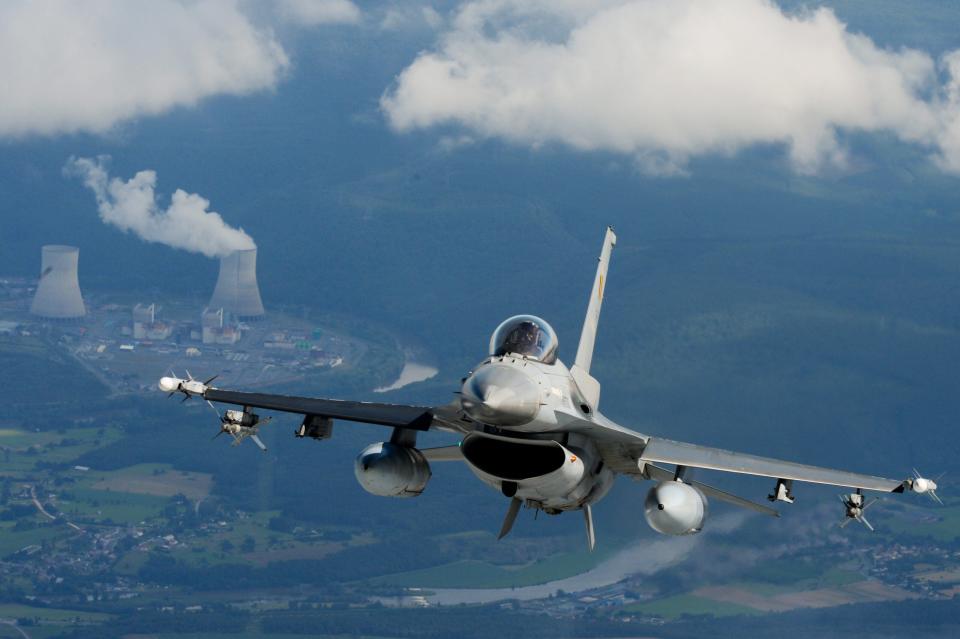
Belgium’s situation is in contrast to the United Kingdom, which does not operate F-16s, although its own training program for the Ukrainian Air Force is also aimed at getting pilots into the cockpits of these same jets.
“This summer we will commence an elementary flying phase for cohorts of Ukrainian pilots to learn basic training,” the U.K. government said earlier this week. “This will adapt the program used by U.K. pilots to provide Ukrainians with piloting skills they can apply to different kinds of aircraft. This training goes hand in hand with UK efforts to work with other countries on providing F-16 jets — Ukraine’s fighter jets of choice.”
On his return from his recent trip to different Western European nations, President Zelensky also highlighted the prospect of what he described as “a coalition to train pilots on modern Western aircraft.” Zelensky said that the United Kingdom and Poland agreed to this proposal, and he expects France to follow suit. Belgium was not mentioned, but would now seem an obvious candidate to slot into a training partnership of that kind.
Currently, the Belgian Air Force still flies around 50 F-16s, which have been upgraded to F-16AM/BM standard, making them broadly equivalent to the more advanced F-16C/D Block 50/52. Having flown the Viper since 1979, the Belgian Air Force has accumulated vast experience with the type and has long run its own in-country training to convert its pilots onto the jets. With the requirement for new Belgian F-16 pilots rapidly reducing, the potential capacity to train Ukrainian aviators has increased, although this is set off against a dwindling number of Viper airframes.
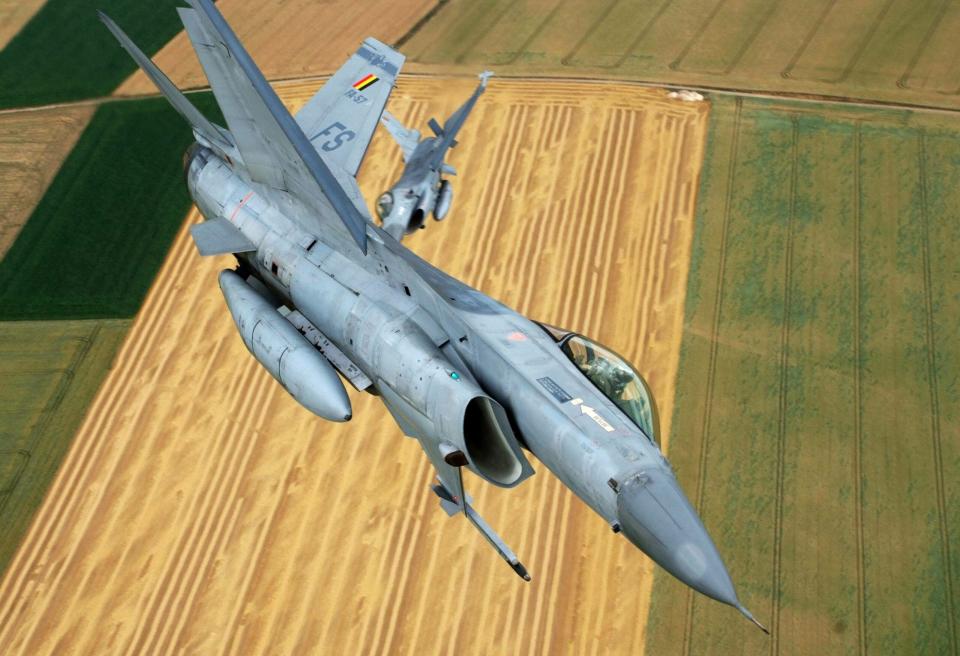
The Belgian Air Force, however, looks like it would be well placed to convert Ukrainian pilots onto the F-16, provided they have already received basic and advanced flight training. As The War Zone has explored in depth in the past, a full F-16 Basic Course, also known as the B-Course, for an aviator fresh out of pilot training, would typically take nine months. That could almost certainly be truncated to meet the very particular, urgent demands of the Ukrainian Air Force. Moreover, if Belgium were to provide training to Ukrainian pilots already familiar with frontline fast jets, the conversion course would be much quicker.
As one experienced F-16 instructor told The War Zone, a pilot with around 500 hours of experience in a Western fighter would need “69 days to learn everything to safely employ the Viper in air-to-air and air-to-ground roles.” Ukrainian pilots don’t have experience in Western jets but, again, a special syllabus could be provided that focuses on the specific skills they will require in theater, as well as the key fundamentals of switching from a Soviet-era fighter to an F-16.
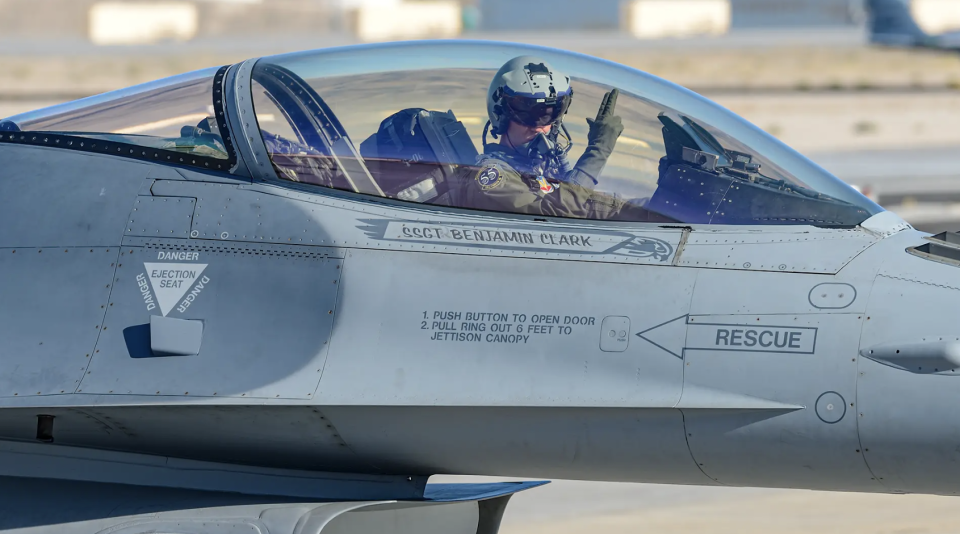
As to Ukraine actually getting its hands on F-16s, Belgium says it can’t help — yet.
With a reduced F-16 fleet and no F-35s yet delivered, the Belgian Air Force is hard-pressed to meet its own requirements, which include air defense of the airspace of Belgium and the Netherlands, as well as periodic rotations to the Baltic States for air policing on behalf of NATO in that region.
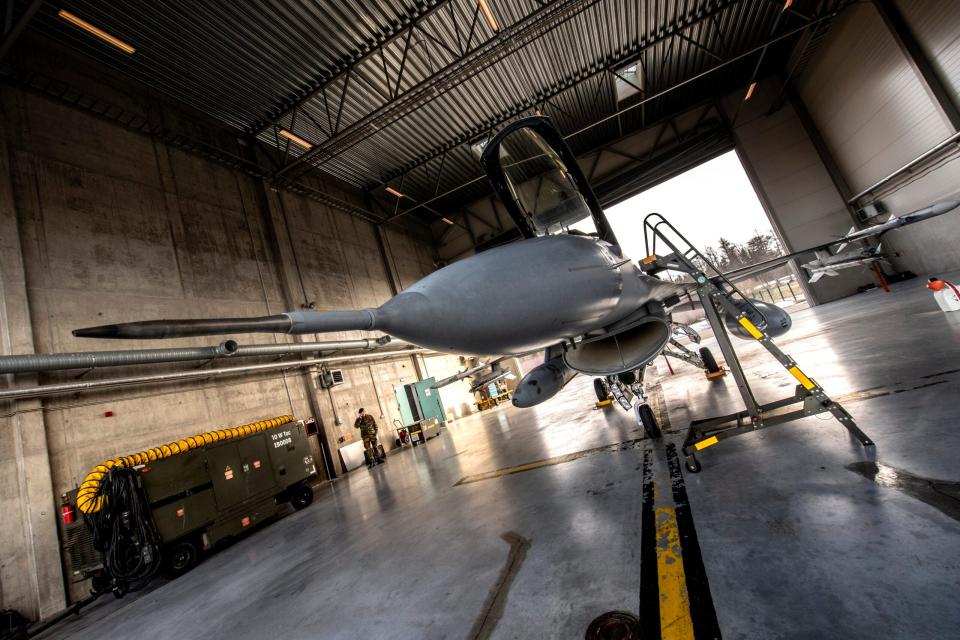
Not surprisingly, the cabinet of Prime Minister De Croo has said that these are assignments that Belgium “cannot or does not want to stop just like that,” according to De Morgen. The situation is only going to become more critical as aging F-16s continue to be removed from service. “By the end of 2023, two Belgian F-16s will be withdrawn from circulation due to having achieved 8,000 flight hours,” the office of the Minister of Defense Ludivine Dedonder has confirmed. Those jets will then be broken down for spares or used as ground training assets.
The fact that the Belgian F-16s are rapidly aging out is something that we have reported on previously including the decision in 2021 to temporarily ground the entire fleet after one of the Vipers experienced problems with its Pratt & Whitney F100 engine.
Potentially, still-airworthy Belgian F-16s could become available to Ukraine, although only after sufficient numbers of F-35s have been received. However, the timeline involved is almost certainly far too stretched for Ukraine.
While the first Belgian F-35 is due to be delivered this year, the first eight aircraft will remain in the United States to be used for international Joint Strike Fighter training at Luke Air Force Base in Arizona. Only in 2025 will F-35s begin to arrive at Florennes Air Base in Belgium and initial operating capability is not expected until mid-2027.
Ukraine may have better luck in sourcing F-16s elsewhere in Europe, however.
In the neighboring Netherlands, the process of replacing F-16s with F-35s is much further advanced than in Belgium. Currently, the remaining Dutch F-16s are all located at Volkel Air Base, where the local frontline fleet was reportedly reduced to just 24 aircraft last summer.
In January this year, the Dutch Deputy Prime Minister and Minister of Foreign Affairs Wopke Hoekstra said that his government would look at any request to transfer its F-16s to Ukraine with an “open mind.” However, Dutch Prime Minister Mark Rutte then significantly walked back Hoekstra’s comments. Though he did not necessarily rule out the possibility of such a transfer entirely, Rutte did say that were no plans to do so currently, and that it seemed unlikely to happen in the near term.
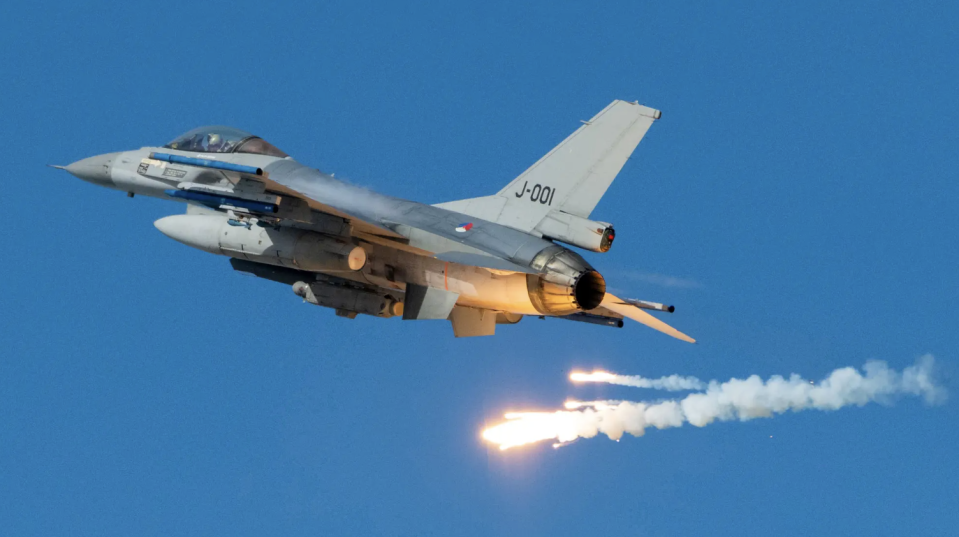
Since then, the prospect of the Dutch making those F-16s available has come up again, with Prime Minister Rutte stating that there are “no taboos” and that work is being done “intensively” to get Vipers (from whatever source) into Ukrainian hands.
Another possibility is Denmark, also poised to introduce the F-35. During a visit to Ukraine in April, Troels Lund Poulsen, Denmark’s acting defense minister, confirmed that his country, together with its allies, would decide “before the summer” as to whether they will provide Ukraine with F-16s. Poulsen said the matter was under discussion but that the process was taking a long time due to the requirement for different countries to cooperate on any such transfer of aircraft.
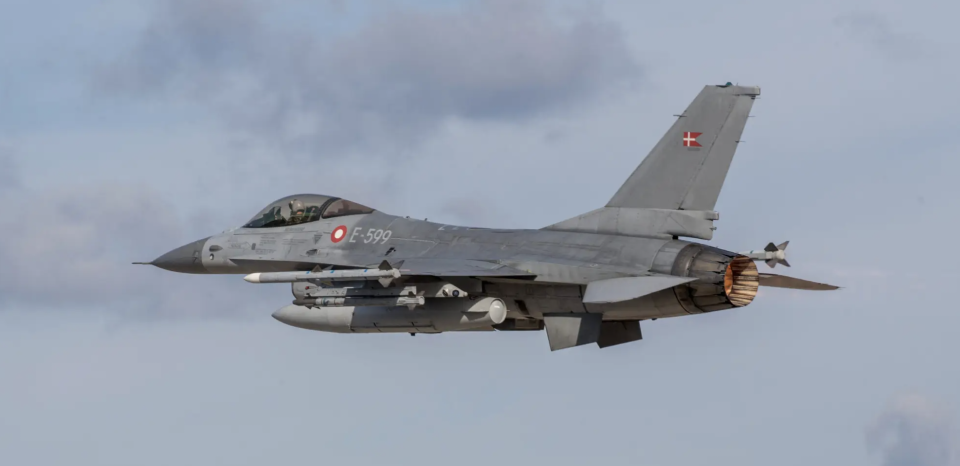
“Denmark will not do it alone,” Poulsen said, adding that a decision was still achievable “in the near future”. He said: “We need to do this together with several countries. We will also have a dialogue with the Americans about this.”
According to figures from Flight Global, the Royal Danish Air Force currently operates around 43 F-16s.
Whatever happens next in terms of F-16 transfers, any such plan will need to be approved by the United States. The U.S. government has so far not approved any transfers of F-16s and President Joe Biden issued a firm “no” when questioned on the topic in January.
Despite this, it seems that there is an increasing will, among the wider international community, to supply Kyiv with F-16s — or other fourth-generation Western fighter equipment.
As well as the statement from Belgium today, and the announcement that the U.K. training program will start soon, French President Emmanuel Macron this week said that he has “opened the door” to training Ukrainian pilots, without providing any more details.
As we first argued more than a year ago, the process of Ukraine introducing F-16s needs to start sooner rather than later, with training getting underway in advance of when the actual hardware might arrive. That aspiration now seems to be yielding more tangible results.
Contact the author: thomas@thedrive.com

